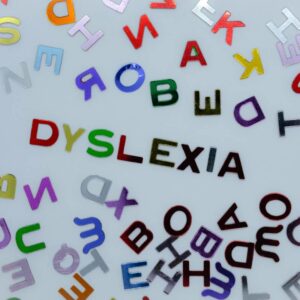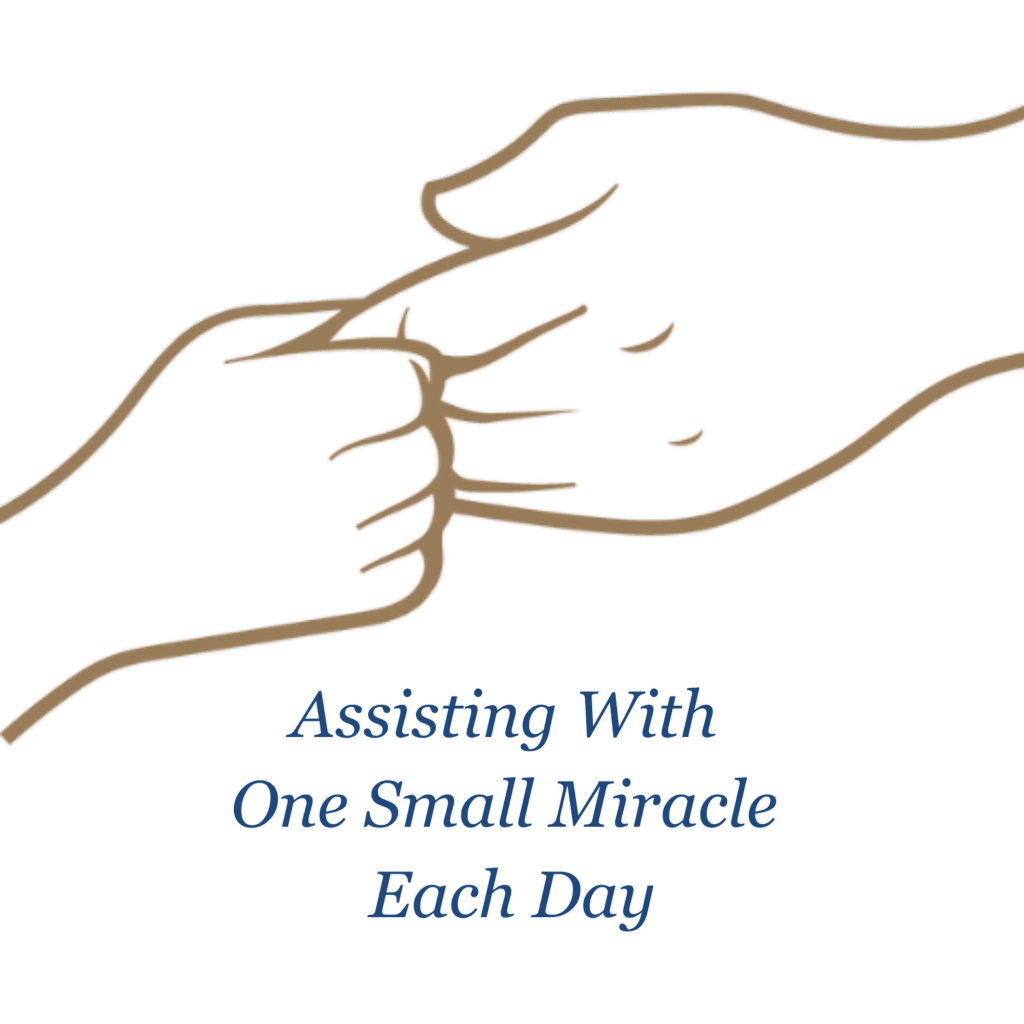THE TIMES, THEY ARE A-CHANGIN’
EDUCATION IS FAR BEHIND!
“Come gather ’round people
Wherever you roam
And admit that the waters
Around you have grown
And accept it that soon
You’ll be drenched to the bone
If your time to you
Is worth savin’
Then you better start swimmin’
Or you’ll sink like a stone
For the times they are a-changin”
– Bob Dylan
Aerospace technology, communication technology, medical/healthcare technology, automotive technology, aviation technology, maritime technology, reusable energy technology, etc. have all made huge leaps in the past 25 years.
Education, however, has pretty much stayed the same. Nevertheless, educational neuroscience has demonstrated great advances in understanding how learning takes place. Each brain is unique. Yet most school systems and teacher education programs do things pretty much the same way they did 25 years ago. By no fault of their own, teachers are not taught to teach in a manner consistent with what science knows about learning.
Some schools have taken small steps in using technology, internet-based curriculums, smart boards, and even remediation through technology. But for the most part, school systems and tutors do things the way they always did.
At Child Provider Specialists, we do not have any interest in certified teachers. We actually hire young teachers, right out of school, and train them to be “cognitive and academic therapists.” We also train them in the importance of the affective component when creating an emotional environment. This way, the time a student spends learning, will yield the best outcomes.
No other practice in the Southeastern United States has embraced current trends in educational neuroscience and technology to assist in creating pathways for all students to learn, as has Child Provider Specialists.
As noted in our last newsletter, the educational neuroscientist, Todd Rose, points out in his book, “The End of Average,” the fallacy in teaching all kids as if they were cookie cutter clones of each other. Every student has a unique learning style that should be respected and cherished. No two brains are the same.
In the past 15 years, there has been overwhelming research as to the underlying neural mechanisms involved in learning. This has been made possible by great leaps in the technology associated with neuroimaging. As a consequence of advances in neurodiagnostics and neuroimaging, we can understand how individual brains work and create pathways for all students to learn and excel, regardless of their cognitive hardware design. In reality, there is no such thing as a typical brain.
With advances in technology, adaptive, customized curriculum delivery is at our disposal. Each student’s curriculum delivery and assessment methodology can be prescriptively groomed to ensure maximum cognitive development and maximum acquisition of academic skills. More importantly, when crafted to match how one learns, and not how other children learn, each child’s learning experience is a positive one.
We all have strengths and weaknesses in how our brains make sense of incoming sensory information. However, when processing inefficiencies are pronounced (cognitive weaknesses), this can impede one’s ability to acquire knowledge (reading, writing or math skill development) or to demonstrate mastery of what has been learned.
Prescriptive educational strategies and technology-based remediation that adjusts according to each key stroke can be utilized to strengthen these weaknesses. When these weaknesses cannot be strengthened to a level that creates fluid learning, strategies can be taught to work around barriers to success.
Dr. Rizzo was diagnosed with phonological and orthographic dyslexia at the age of 41. Prior to that time, not one book was read for pleasure. In the past 10 years, he has “read” scores of books, lectures, and research publications through listening. Yes, one can “read” with their ears.
Finally, when contemporary technology and educational neuroscience are used to craft a personalized learning environment, the child is positioned for success. However, learning to recognize and manage one’s ability to attend is the next challenge. With advances in electro encephalogram technology (EEG), assessing one’s level of engagement (attention to tasks) can also be monitored while they are engaging in the learning process. Once aware, and limitations in attending are properly addressed, the time engaged in the learning process yields much greater outcomes (see NERVANIX article below). Along with a host of cutting edge, technology-based cognitive and academic training programs, we are the first practice to embrace technology designed to assess one’s attention when engaged in learning tasks. Learning to “think about thinking” (metacognition) is another foundation requirement for learning that traditional educational institutions fail to address.
Our staff at the Brainforest Adventure Camp (click here) and the South Florida Dyslexia Institute (click here) are not certified teachers by design. They are trained in rigorous programs provided in our office and go to national workshops in order to become experts in understanding the science of the brain and building individualized pathways to learning where all kids can succeed. Again, they are not teachers; they are cognitive-educational therapists.
Please consider our summer adventure camp as an option to provide a robust level of traditional summer camp fun, while integrating the most empirically-supported cognitive and educational therapies. For those children that struggle with traditional teaching, our cognitive-educational therapists can develop an individual program based on clear diagnostic indicators, not only for the summer, but for the next school year. This program will focus on maximizing cognitive and academic skill development, emotional regulation, and most importantly, character strength (the power to persevere). For those of you who want to learn more about what was discussed in this section, please consider listening to or reading the following books:
- The Dyslexic Advantage
By: Brock I. Eide, Fernette L. Eide
- The End of AverageBy: Todd Rose
- The Brain That Changes Itself
By: Norman Doidge
- The Future of the Mind
By: Michio Kaku
- The Explosive Child
By: Ross W. Greene
- The Mind and the Brain
By: Jeffrey M. Schwartz, Sharon Begley
- How We Learn
By: Benedict Carey
- Head Case: My Brain and Other Wonders
By: Cole Cohen
- To the Best of Our Knowledge
By: Jim Fleming
- The Brain
By: David Eagleman
- Theories of Personality
By: Steven Carley
- Physics in Mind
By: Werner R. Loewenstein
- The Voice of KnowledgeBy: Don Miguel Ruiz
- Consciousness and the Social Brain
By: Michael S.A. Graziano
- On Second Thought
By: Wray Herbert
- How Children Succeed
By: Paul Tough
- Think Smart
By: Richard Restak
- The Gift of Failure
By: Jessica Lahey
- The Myth of Mirror Neurons
By: Gregory Hickick
- Now You See It
By: Cathy N. Davidson
- Disconnected Kids
By: Dr. Robert Melillo
- The Working Memory Advantage
By: Ross Alloway, Tracy Alloway
- The Other Brain
By: R. Douglas Fields
- ThinkingBy: John Brockman
- The Dyslexia Empowerment Plan
By: Ben Foss
- Rewire Your Brain: Think Your Way to a Better Life
By: John B. Arden
- David and Goliath: Underdogs, Misfits, and the Art of Battling Giants
By: Malcolm Gladwell
- Consciousness and the Brain
By: Stanislas Dehaene
- Brain Rules
By: John J. Medina
- The Brain’s Way of Healing
By: Norman Doidge
- The Whole-Brain Child
By: Tina Payne Bryson, Daniel J. Siegel
IS YOUR CHILD PAYING ATTENTION?
CAN’T FOOL US NOW!
NERVANIX, an educational company that integrates neuroscience and technology, has created a method of maximizing instruction and learning through a pioneering way known as “Attention Adaptivity.” Wearing a small, comfortable headset (EEG sensor), the software measures one’s brains electrical activity. Specific patterns of electrical activity are generated when one is paying good attention. For the first time commercially, one’s level of attention can be measured. With the information generated, an individual’s level of attending is quantified. The information is than available to the student and the instructor.
It is not always apparent as to whether or not the student is actually engaged (concentrating and attending to the curriculum). This program benefits the individual, as well as the instructor, by providing each party live feedback as to the student’s level of attention during academic activities. Learners can increase their attention score by reviewing the segments of study material where their attention was lower than desired. As learners focus on the material more intently, their attention scores will rise, keeping in mind that attention scores are unique to each individual. Learning to become aware of their personal level of attending (thinking about thinking-metacognition) each day, a student can strive to attend at a higher level based on quantitative feedback.
Child Provider Specialists is the first cognitive and academic therapy providers anywhere to be asked to pilot this new product.
I DON’T CARE WHAT THE OTHER CHILDREN ARE DOING,
I NEED TO DO WHAT’S RIGHT FOR MY BRAIN RIGHT NOW!
All brains do not develop at the same time, some faster and some slower, but in the end they all pretty much catch up. Some children may take a year to learn their multiplication tables and some learn them very quickly. When in middle school, high school or as an adult, it does not really matter how long it took to master multiplication tables. A child’s need for more time to complete work may result in a failure to keep up, while a child’s need for less time may result in boredom. We need to be presented with academic challenges in a hierarchy, beginning with basic skills, and working up to a rate commensurate with what our brains can do; not what average brains can do.
SuccessMaker has over 50 years of research and effective results. No other technology-based curriculum delivery program compares. SuccessMaker helps learners make measurable progress by assessing where they are with the development of reading and math skills. This program determines exactly what they need to learn next and works upward, one step at a time, at a pace consistent with how each individual’s brain works. That is how one matches curriculum to personal readiness. Every key stroke turns into a personalized learning experience with review, tutorials, and presentations. Once a concept is mastered, it is then time to move on. Each movement is a personal benchmark and should not be driven by what all the other students are doing on average.
Say good-bye to frustration and hello to increased confidence and self-esteem. SuccessMaker is an instructional innovation that has been available for some time, but is rarely utilized by traditional educational arenas because it is not the way things are “typically done.” However, it is the way we do things at CPS! For more information, click here.
RIZZO (COACH MIKE) PRESENTS AT REGIONAL AND NATIONAL CONFERENCES
In January of 2016, Dr. Rizzo presented at Lynn University’s Transitions Conference discussing The Ingredients for Academic Success. We invite you to view Dr. Rizzo’s presentation through iTunes U. Please click here for instructions on how to access this video.
In March of 2016, Dr. Rizzo also presented at Scientific Learning’s 2016 Visionary Conference in San Diego, California. His presentation was on Technology-Based Remediation for Learning Disorders. Please click here for a webinar of his presentation.






